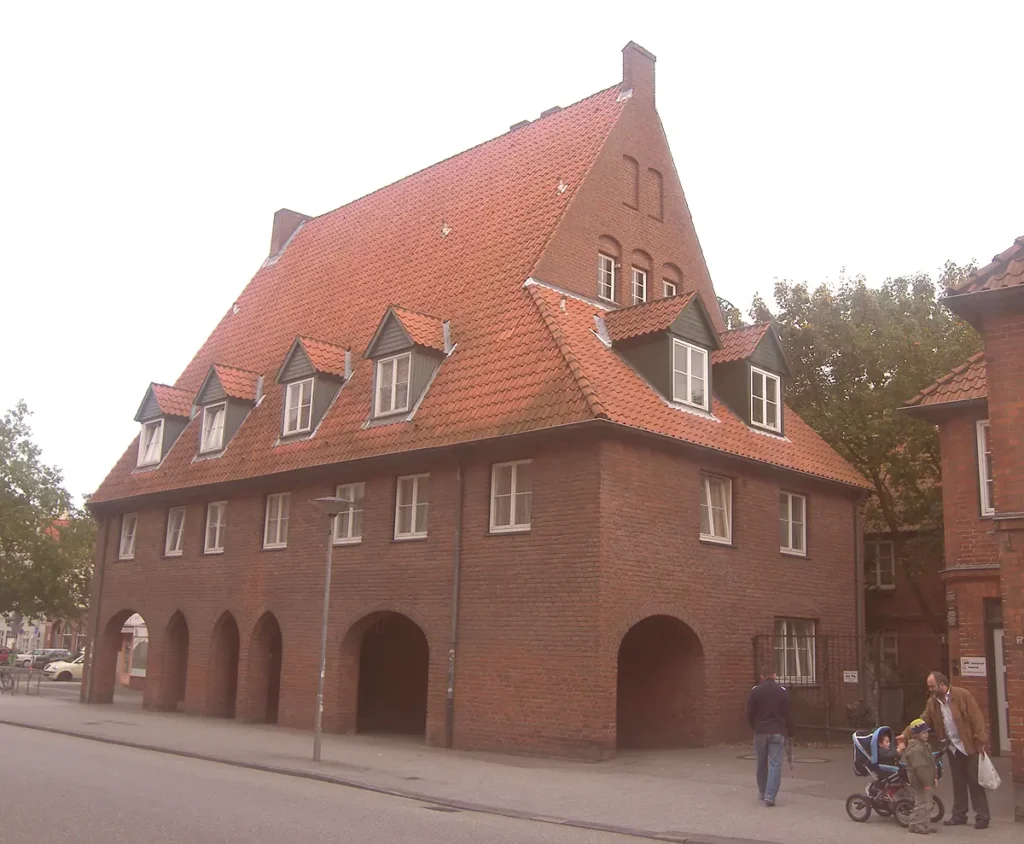
Marianne Bachmeier: The Mother Who Avenged Her Daughter
There are few courtroom events in the world that have shocked an entire nation as deeply as the case of one woman from Germany. On an otherwise ordinary March day in 1981, a routine trial turned into a dramatic and tragic scene that shook the public, sparked heated debates, and left a lasting mark on the history of criminal justice. This story is not only about tragedy and revenge but also about the limits of justice and what a person driven by pain and despair is capable of doing.
Marianne Bachmeier: A Troubled Past
Marianne Bachmeier did not have an easy childhood. Her father spent a lot of time in a nearby pub and became aggressive after drinking. Her parents eventually divorced, and her mother later remarried before finally kicking her out of the house. In 1966, at the age of just 16, Bachmeier gave birth to her first child, whom she gave up for adoption. She became pregnant again at 18 with her then-boyfriend. That second child was also given up for adoption shortly after birth.
Marianne lived in the West German city of Lübeck. Although she had trained as a hairdresser, in the 1970s she ran a small business in pub that helped her support herself and her daughter Anna. In 1972, she met the manager of this business and began a relationship with him. At the age of 22, she gave birth to her third child, a daughter named Anna, whom she later raised on her own.
Their life was not perfect, but they had a close and loving bond that was shattered by a brutal tragedy. In 1980, Anna ran away from home after an argument with her mother and never returned. She had been kidnapped, held captive, likely abused, and ultimately strangled. The perpetrator was a man named Klaus Grabowski.
The Murder of Anna Bachmeier
5was a repeat offender with a dark past. He had already been convicted of sexually abusing children. After previous convictions, he underwent chemical castration, but later chose hormone therapy to restore his testosterone levels, which potentially reactivated his dangerous behavior. He lived with his girlfriend Ruth, who played a key role in the case.
After Anna ran away from home, Grabowski decided to keep her at his place. Eventually, he chose to strangle Anna with his girlfriend Ruth’s tights to avoid returning to prison. Ruth claimed she tried to stop him and did not know he intended to kill Anna, but several circumstances suggest that she at least did not prevent him from doing so. According to some reports, she even helped dispose of the body, making her an indirect accomplice in the tragedy. Anna’s body was placed in a cardboard box and left near a canal, where it was later discovered.
Grabowski was arrested the same evening after his girlfriend Ruth called the police. He confessed to the crime, but denied sexually abusing Anna. Instead, he made up a story claiming that he killed her after she tried to blackmail him, threatening to accuse him of abuse if he didn’t give her money.

The Court Trial That Shook Germany
The trial began on March 6, 1981. His defense attorneys argued that he had acted due to hormonal imbalance and tried to use that as a defense. On the third day of the trial, Marianne secretly brought a Beretta pistol into the courtroom. While Grabowski was waiting for the hearing to begin, she pulled out the weapon and fired at him eight times. Six bullets hit him in the back, and he died on the spot. After the shooting, she stated that she wanted to kill him because he had murdered her daughter and that she had intended to shoot him in the face but hit him in the back instead. She added: “I hope he’s dead.”
If you’re interested in seeing real courtroom footage related to the moment Marianne Bachmeier took justice into her own hands, you can watch it here
After this act, which took place right before the eyes of the court, she was immediately detained, and the victim’s mother soon found herself on trial for murder. During her own trial, she testified that she had shot him in a dream and that when she saw her daughter in the courtroom, she decided to act. In her statement, Bachmeier also wrote, “I did it for you, Anna.” Because of her actions, the case quickly captured national attention and sparked numerous moral and ethical questions. Was the desire to avenge her child justified? Does society have the right to judge someone who acted out of desperation?
In addition to these dilemmas, there was also a legal debate about whether the shooting had been premeditated or not, and whether it was considered manslaughter or murder. Different verdicts would have meant very different sentences. After a lengthy trial, the court found her guilty of intentional manslaughter and illegal possession of a firearm. In 1983, she was sentenced to six years in prison. The trial and sentence divided German society. To many, she was a hero who took justice into her own hands. To others, she was dangerous. A public opinion survey conducted by the Allensbach Institute showed that public views on the verdict were very divided. Roughly equal numbers considered it appropriate, too lenient, or too harsh.
After serving half her sentence, she was released from prison in June 1985. She moved to Nigeria, where she married and tried to start a new life. She took up writing and journalism. She lived in Nigeria until the 1990s. After divorcing her husband, she moved to Sicily, where she stayed until she was diagnosed with pancreatic cancer. After her diagnosis, she returned to Germany. She died in 1996 at the age of 46 and was buried with her daughter Anna.

Photo by Gmofhl, licensed under CC BY-SA 3.0
Justice, Revenge, and Moral Dilemma
The Bachmeier case raises many moral and legal questions. Where does compassion for victims end and dangerous anarchy begin? Can murder be justified if it is committed as revenge for a child’s death? And does society have the right to judge a woman who lost everything and lost faith in a system that was supposed to protect her? This case remains to this day a powerful example of how thin the line can be between justice and personal tragedy, and especially of how immense a mother’s grief can be when she loses her child.
If you’re curious about something lighter, check out our other article about fascinating prehistoric animals found in the Siberian permafrost here






